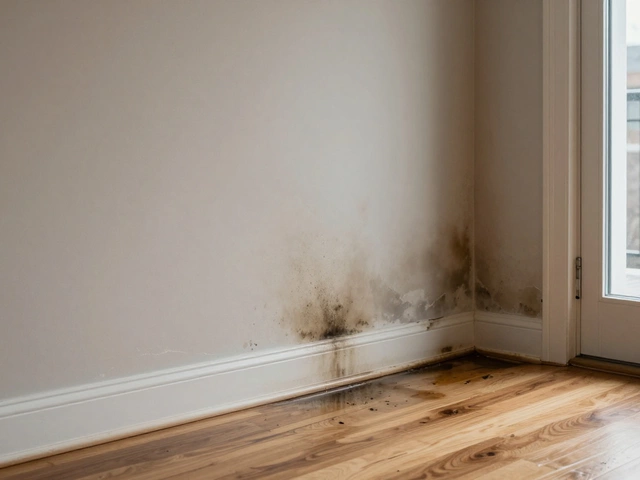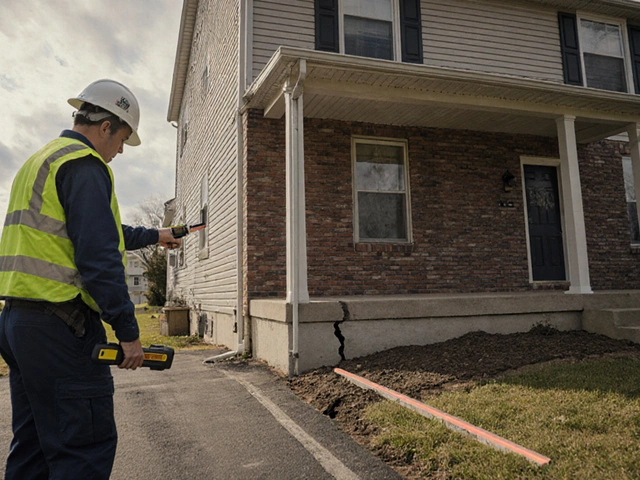Affordable Construction: How to Keep Costs Low Without Cutting Quality
Building a new home or a renovation doesn’t have to drain your wallet. With a bit of planning, the right materials, and some savvy choices, you can stay on budget and still end up with a solid, attractive project.
Pick Materials That Give Value for Money
One of the biggest ways to save is by selecting cost‑effective building supplies. Local quarries, for example, often provide limestone and other stone at a fraction of the price of imported products. Shorter transport distances mean lower freight costs and a smaller carbon footprint. Ask your supplier about bulk discounts – buying the full amount you need at once can shave off a noticeable percent.
For walls and foundations, consider using concrete blocks or aerated concrete. They’re cheaper than full‑size bricks and still meet strength standards. When it comes to flooring, options like polished concrete or laminate mimic the look of hardwood but cost far less. If you need a roof, the posts about "Cheapest Ways to Roof a House" and "Roof Replacement Budget Breakdown" show that metal panels or asphalt shingles give long‑term durability without the price tag of slate.
Plan Your Budget Early and Stick to It
Start every project with a realistic budget. List every line item – site prep, foundation, walls, roof, interior finishes – and add a 10‑15% contingency for unexpected issues. Track expenses weekly; if you notice a category growing fast, adjust later items to stay balanced.
DIY can help, but only for tasks that don’t affect structural integrity. The "DIY vs Pro" article on foundation repair warns that trying to fix major movement yourself can cost more in the long run. Good places for DIY include sealing small cracks, applying epoxy in non‑load‑bearing areas, or installing a dry‑fit kitchen layout before the final install.
Don’t forget to factor in labour costs. Hiring a reputable builder or construction company may seem pricey, but they often finish faster and avoid costly re‑work. Compare quotes, check reviews, and ask for a detailed breakdown so you know exactly what you’re paying for.
Another hidden expense is timing. The post about "Best Time of Year to Remodel a Bathroom" explains that off‑season work can be cheaper because contractors have more availability. The same principle applies to roofing and exterior work – plan for milder weather to avoid delays and extra charges.
Finally, look for value‑adding upgrades that also save money later. Proper drainage around the foundation, as discussed in the "Foundation Crack" article, prevents water damage and expensive repairs down the line. Good insulation and airtightness reduce heating bills, making the house cheaper to run.
In short, affordable construction is about making smart choices at every step – from material selection to budgeting and timing. Use local resources like Lime Hillock’s quarry products, keep a close eye on costs, and focus on upgrades that protect your investment. With these tips, you can build a sturdy home without breaking the bank.
Cheapest Building Method: How to Build More for Less

Want to build a house without blowing your budget? This guide digs into the most affordable ways to build, breaks down real-life costs, and highlights construction methods that save the most money. You’ll learn which materials and designs actually cut expenses—not just in theory but on real job sites. Plus, get practical tips to dodge common money-wasting traps. If you’re dreaming of a new build, this article gives you the straight talk on building as cheap as possible.
read more



